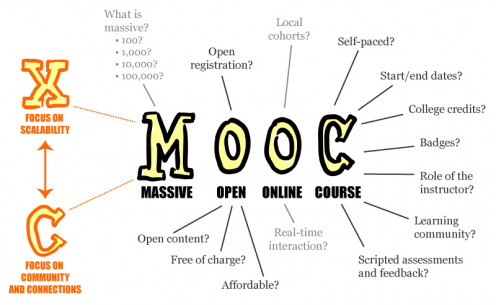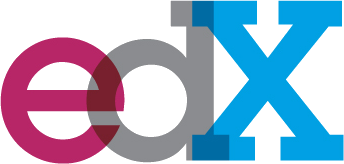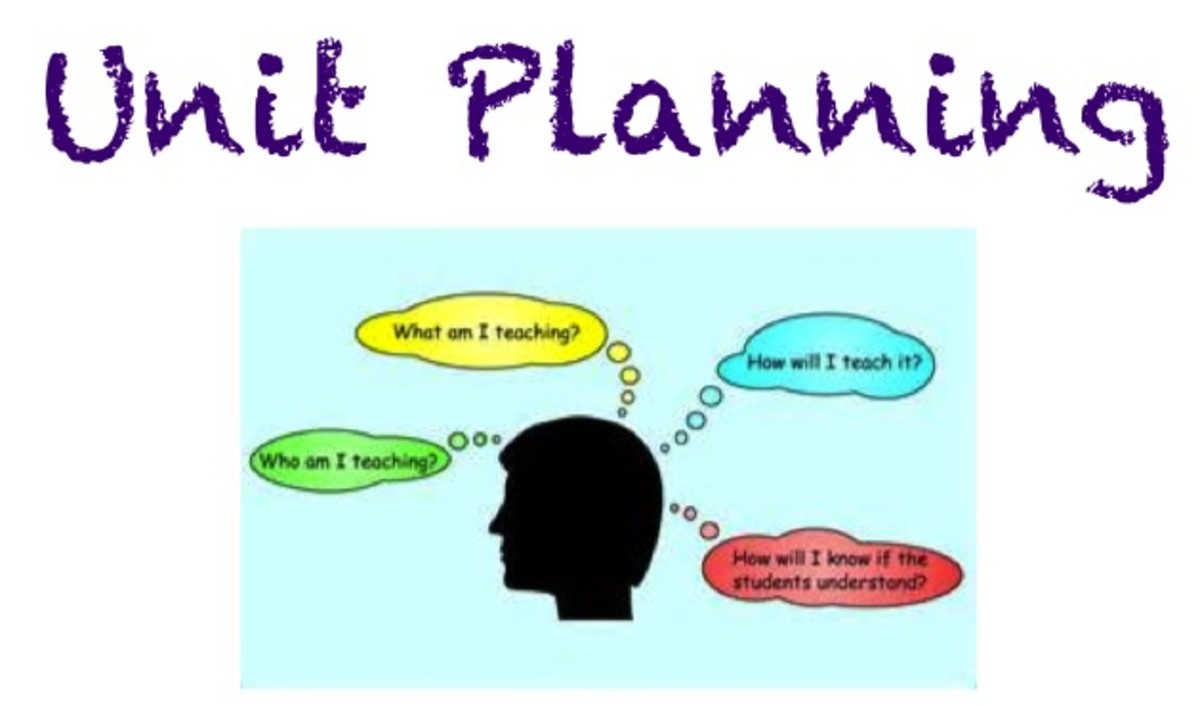How the Educational Establishment Is Embracing Technology

Current analyses of literacy and educational achievement throughout the world paint a disturbing picture of diminishing ability to thrive in an ever-advancing, highly technological global market. For instance, the United Nations Children's Fund (UNICEF) reports that at the beginning of the 21st century, almost 1 billion people were unable to read or sign their name. Further, it was reported that the highest percentage of illiterate adults reside in Asia, with 416 million living in south and southwest Asia. China, a world leader in technology and international trade and investments, took aggressive steps to address its situation of almost 1 billion illiterate citizens. Implementation of an intensive, nationwide literacy improvement plan transformed its workforce into one of the most educated in the world.
The US, long considered the world's super power, has not performed much better, in spite of significant budgets to support education, at both the national and state levels. Combined spending reached $860 billion in 2010. The federal government also invests heavily in education, with the US Department of Education holding the third largest budget in the federal government. Yet, according to a US Department of Education study conducted last April, and reported in the Huffington Post, there has been no improvement in America's illiteracy rate in ten years. The study found that 14% of America's total population cannot read; 21% of adults cannot read beyond the 5th grade level; and 19% of those graduating from high school are unable to read.
This level of illiteracy is dangerous to the fabric of society. Studies show that two-thirds of students unable to read by the 4th grade become engaged in juvenile delinquent and criminal activities later in life. In fact, 70% of inmates in US prisons cannot read beyond the 4th grade level. Literacy problems begin even before children enter the school system, breaking down along socioeconomic lines. The declining number of Americans pursuing higher education in the sciences, mathematics and engineering reached alarming proportions, furthering concerns for America's ability to remain competitive in a predominantly knowledge-based economy. While more Americans are entering and completing college, studies show that the majority are not prepared for the college level curriculum. For example, just 24% of high school students taking the college entrance exam, ACT, in 2010 met the benchmark requirements in the core subjects: English, science, reading and mathematics. For those students who participated in remedial reading classes, only 17% graduated from college; and only 27% of those who took remedial math classes graduated. [US Department of Education study]
Illiteracy Rates - What's the Solution
Who do you think has the most power to influence illiteracy rates?

Interim responses: national standards and creativity
China and America have looked to each other to see what is working to improve literacy and educational achievement. In China, American educators and policymakers see the strength of national standards and testing, which has been the core of Asian educational systems for hundreds of years. They see the tremendous strides being made by the Chinese, the competitiveness and success of its workforce and are spurred to action. The result is that 45 states have now established core standards for math and English and benchmarks for what must be learned at each grade level. Asian educators and policymakers see room for improvement on their side and look to the American concept of independent learning and creativity, trying to move away from what many see as a rigid, learning by rote system.

Non-traditional learning innovations bridge the gap: MOOC's
Among the most affected entities are universities and employers, especially the science and high-technology sectors. Therefore, some of the best minds from these communities have been working diligently to develop innovative responses to reverse this trend of lack of preparedness in the world's workforce. One of the most potentially transformative approaches is "massive open online courses", (MOOC's) funded by venture capitalists and universities. MOOC's reached their peak in 2012. The largest provider, Coursera had 5 million users, and EdX had 1.3 million from all over the world. Online, a professor can reach thousands of students simultaneously, opening up the opportunity for people of all ages, socioeconomic backgrounds, locations and with different learning styles to benefit from the best professors at the top universities in the world.

"EdX," a non-profit learning initiative based in Cambridge and founded by M.I.T. and Harvard is trying to take online learning to the next level. EdX was founded "for students and educational institutions that seek to transform themselves through cutting-edge technologies, innovative pedagogy and rigorous courses." EdX aims to become the resource of choice for educators and students on the subject of technology as a transformative agent in the mission of improving classroom and online learning. Its goals are to: increase access to education for all who want to achieve success in the world; to improve teaching methodology and learning in both classroom and online settings; and to provide a research-based platform for improving students' learning in all settings. This effort has the potential to drastically transform how students are learning.
MOOC's offer an affordable education to traditional and non-traditional students: to the student located in the rural heartland with no means of transportation; the working student unable to carry a full course load; to those from developing and developed countries. The biggest hurdle, according to a Wall Street Journal article on MOOC's in October of this year, is the isolation that the student feels when sitting alone in front of the computer screen. The author suggests that MOOC's must work on engaging the student in a sufficiently interactive way so that he will be successful with the course. Also, high-risk and disadvantaged students do not perform as well in the online classroom. Perhaps MOOC's, through research such as that being conducted by EdX, will make improvements in its outreach to this segment of the population. MOOC's have the potential to drastically level the playing field of higher education, making it accessible to all and thereby contribute tremendously to the preparation of the world's next generation of global leaders.
Anant Agarwal - edX
MOOC Poll
At what age group do you think MOOC would be an effective method of learning
More by Angela Chao
- Chao Family Foundations | Angela Chao
Angela Chao serves on the board of the Chao Family Foundations. She is the Deputy Chairman of The Foremost Group and also serves on the boards of The Foremost Foundation and Chao Family Foundation. - Angela Chao Personal Blog
Angela Chao's personal blog discusses family related stories, and subjects close to her heart -arts, opera, exhibitions and much more - Angela Chao Blog | International Shipping and Transportation
International Shipping and Transportation, a blog by Angela Chao - Deputy Chairman of Foremost Group
Sources
- An early report card on MOOCs - WSJ.com
Massive open online courses promise to change the face of higher education, one giant classroom at a time. Here's what they're doing well—and how they can do better. - The U.S. Illiteracy Rate Hasn't Changed In 10 Years
Sunday is International Literacy Day! We recommend taking the opportunity to curl up with with a warm cup of coffee, a comfy chair, and a favorite classic.







